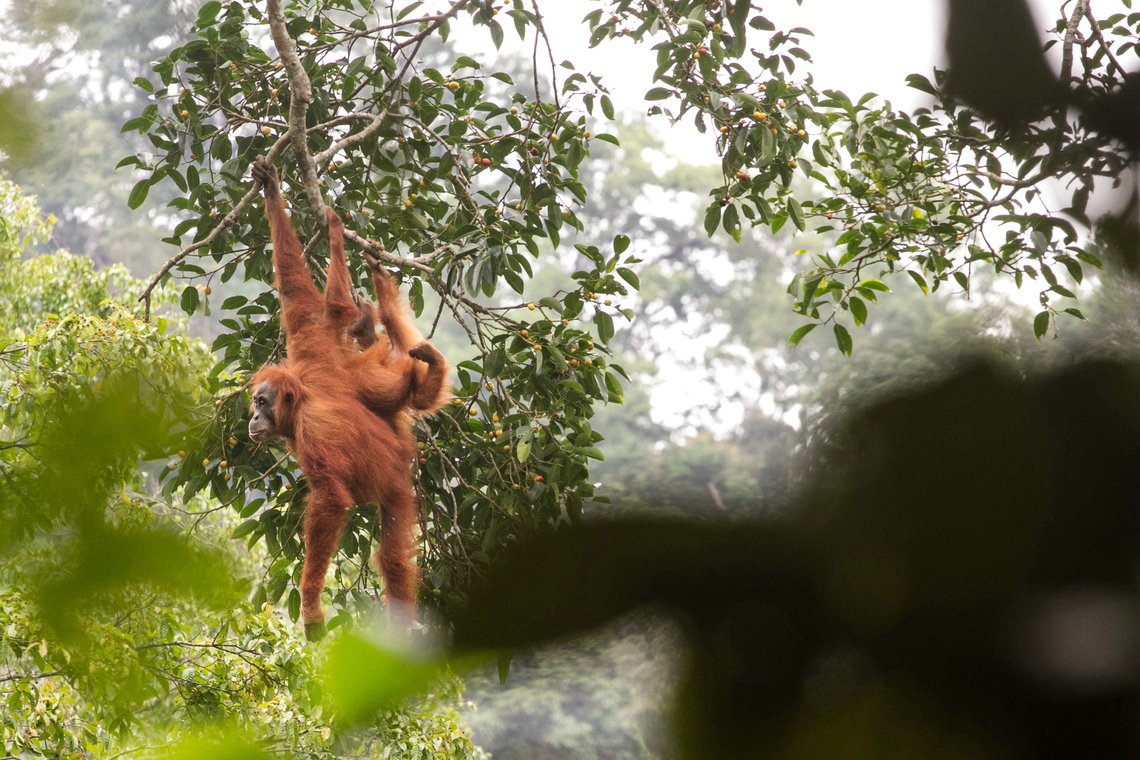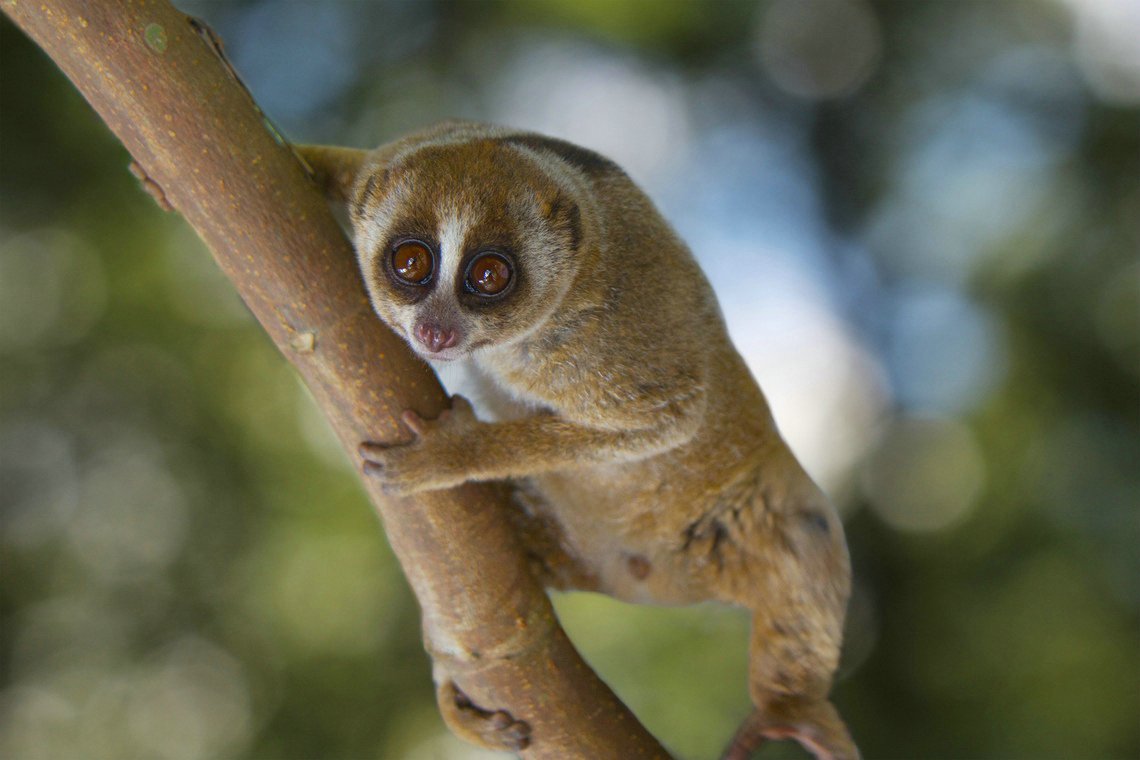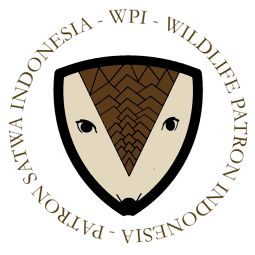The Slow Loris as an Umbrella Species
The slow loris (Nycticebus coucang), a small nocturnal primate with large eyes and slow movements, is one of the most iconic animals inhabiting Sumatra. This popular species has a far greater impact on its environment than it might initially appear. Protecting this endangered animal indirectly helps safeguard numerous other species of animals and plants in its natural habitat. As such, the slow loris is categorized as an “umbrella species.”
An umbrella species is a term used for animals whose protection benefits the entire ecosystem in which they live. By protecting the loris, we also protect other endangered animals and plants that share its habitat. Zoologists in Sumatra focus not only on the direct protection of the slow loris but also on the overall stability of its habitat, which is crucial for long-term biodiversity preservation.
Sumatra: An Island of Endangered Biodiversity
Sumatra is one of the most biologically diverse places on Earth. Unfortunately, this region is also home to many endangered species facing constant pressure from human activity. Deforestation, agricultural expansion, and illegal wildlife trade create perilous conditions for the survival of local species.
Zoologists and conservationists focus on the slow loris not only because it is endangered but also due to its vital role within the ecosystem. Living high in the tree canopies, the slow loris helps maintain forest balance. For instance, it disperses seeds and affects insect populations, both essential to the functioning of local ecosystems. Protecting this primate means safeguarding the entire habitat.
Protecting the Slow Loris Brings Protection to Other Species
Nature conservation efforts centred on the slow loris also bring positive effects to other species that share its environment, such as the Bengal cat, the Sunda pangolin, and the orangutan. The slow loris is seen as an “umbrella species,” meaning that its protection facilitates the conservation of the entire habitat
For example, the Sunda pangolin, threatened by illegal wildlife trafficking and poaching, benefits from the conservation programs focused on the slow loris. Similarly, orangutans, which require extensive areas of undisturbed forest, benefit from the work of zoologists fighting illegal logging and ensuring forest preservation. Conservation programs for the slow loris thus have a direct impact on other iconic species.

Czechs in Sumatra: International Cooperation for Nature Conservation
Czech organizations play a significant role in conservation efforts in Sumatra. They work with international organizations and, crucially, with Indonesian communities on programs dedicated to rainforest and endangered species protection. This international cooperation is vital for the long-term protection of ecosystems in which the slow loris lives.
The slow loris exemplifies how protecting a single species can have far-reaching positive impacts on entire ecosystems. Zoologists and conservationists worldwide are working to ensure that other endangered animals and plants also have a chance at survival. Programs focusing on the slow loris demonstrate that the conservation of umbrella species is a key tool in the fight to preserve biodiversity.






























